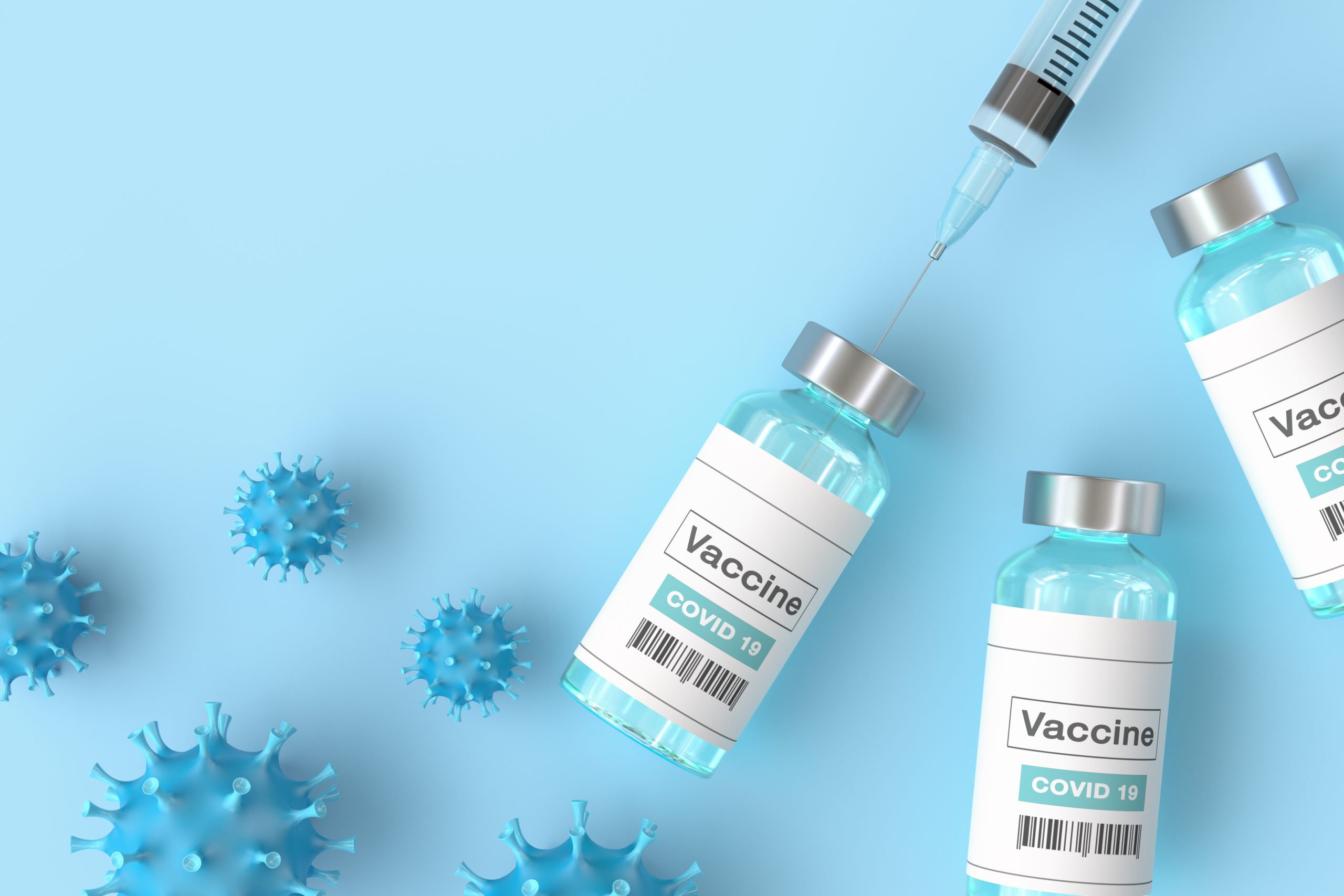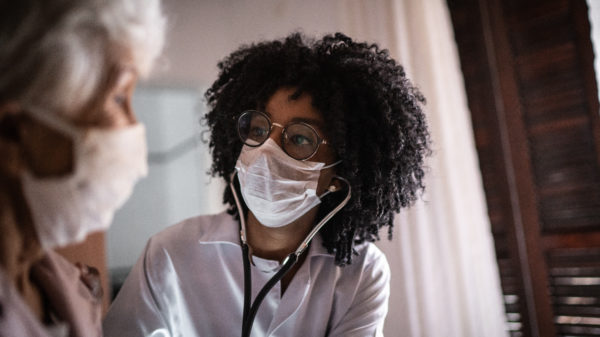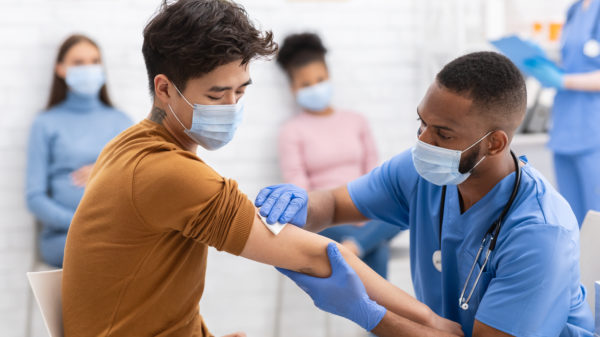
The Johnson & Johnson Janssen (J&J/Janssen) COVID vaccine is back after a short pause. And health experts assure us the benefits of taking the shot outweigh the risks.
Public health officials halted the use of the J&J/Janssen shot after a small number of women developed rare blood clots.
The break allowed officials to do a safety review. They found 15 cases of a rare blood clot disorder called thrombosis with thrombocytopenia syndrome (TTS) out of 7.95 million J&J/Janssen doses.
After crunching the numbers, the Centers for Disease Control and Prevention (CDC) reports that blood clots occurred at a rate of seven in 1 million women under 50. This makes it a rare occurrence in all women. For women 50 years and older and men of all ages, TTS is even rarer.
Right now, researchers are investigating whether genetics play a role in developing TTS from the J&J/Janssen shot.
In the meantime, the Food and Drug Administration (FDA) and the CDC announced that the expected benefits of using the vaccine outweigh its risks.
To spread the word about potential side effects, Johnson & Johnson updated vaccine fact sheets. Treatment recommendations are also provided.
Watch for blood clot warning signs
TTS is rare, but women under the age of 50 should be aware of the risk. Other COVID vaccines are available where this risk hasn’t been seen.
Seek medical care ASAP if you notice any of the following symptoms within three weeks of getting the J&J/Janssen shot:
- Severe or lasting headaches or blurred vision
- Chest pain
- Lasting abdominal pain
- Leg swelling
- Shortness of breath
- Easy bruising or tiny blood spots beyond the injection site
Have Health Insurance Questions?
A licensed insurance agent can help you find the coverage right for you. Call 24/7:(833) 648-0475





















